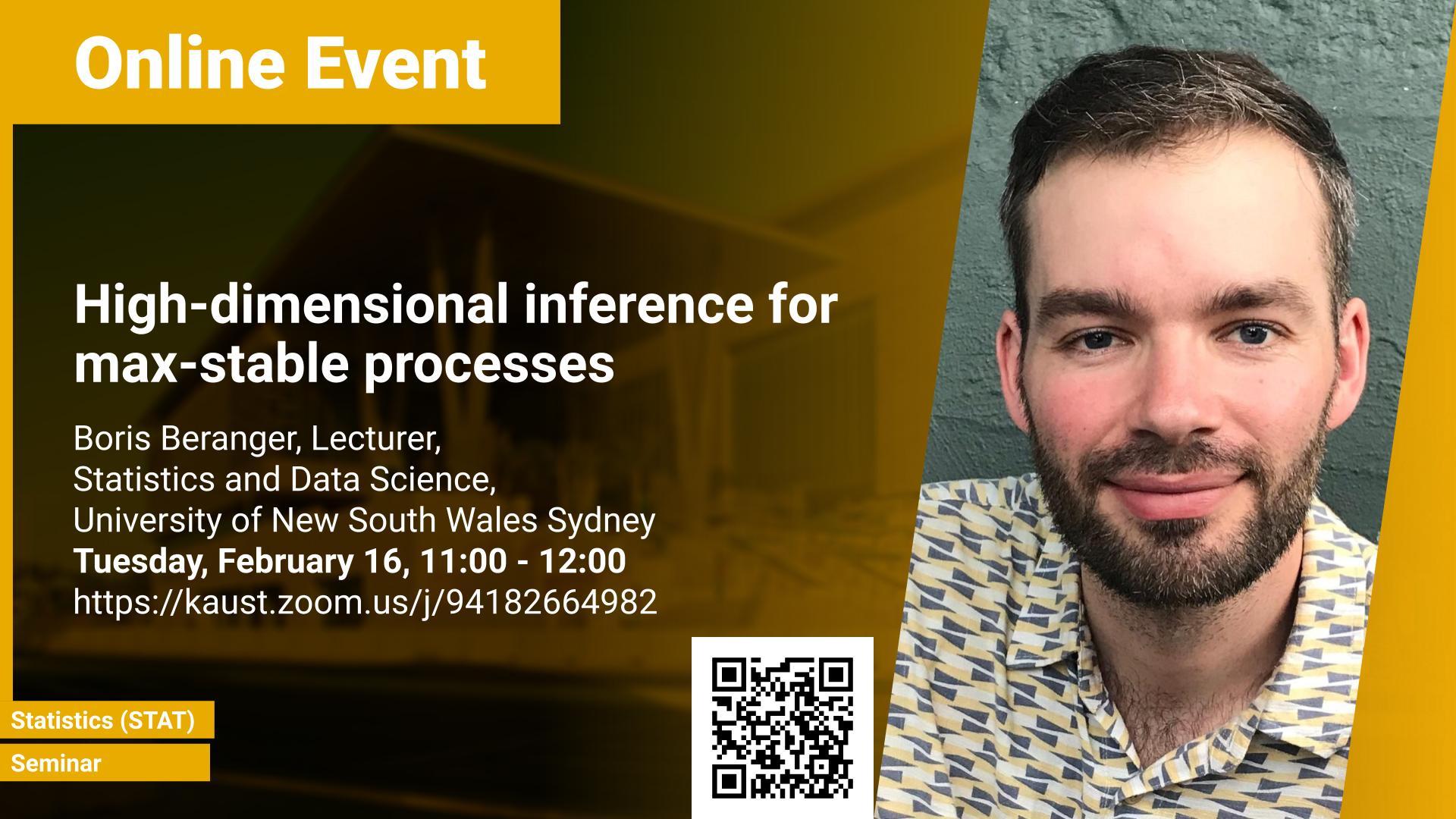Abstract
Droughts, high temperatures and strong winds are key causes of the recent bushfires that have touched a major part of the Australian territory. Such extreme events seem to appear with increasing frequency, creating an urgent need to better understand the behavior of extreme environmental phenomena. Max-stable processes are a widely popular tool to model spatial extreme events with several flexible models available in the literature. For inference on max-stable models, exact likelihood estimation becomes quickly computationally intractable as the number of spatial locations grows, limiting their applicability to large study regions or fine grids. In this talk, we introduce two methodologies based on composite likelihoods, to circumvent this issue. First, we assume the occurrence times of maxima available in order to incorporate the Stephenson-Tawn concept into the composite likelihood framework. Second, we propose to aggregate the information between locations into histograms and to derive a composite likelihood variation for these summaries. The significant improvements in performance of each estimation procedures is established through simulation studies and illustrated on two temperature datasets from Australia.
Brief Biography
Boris Beranger is a lecturer in Statistics and Data Science at The University of New South Wales Sydney (UNSW Sydney) and an associate investigator for the ARC Centre of Excellence for Mathematical and Statistical Frontiers (ACEMS). He completed his PhD in 2016 jointly from Université Pierre and Marie Curie (Paris 6) and UNSW Sydney. His research interests lie in Extreme Value Theory and in particular spatial extremes with applications in environmental sciences. Boris is also interested in the analysis of big and complex datasets and has been active in the field of Symbolic Data Analysis.

